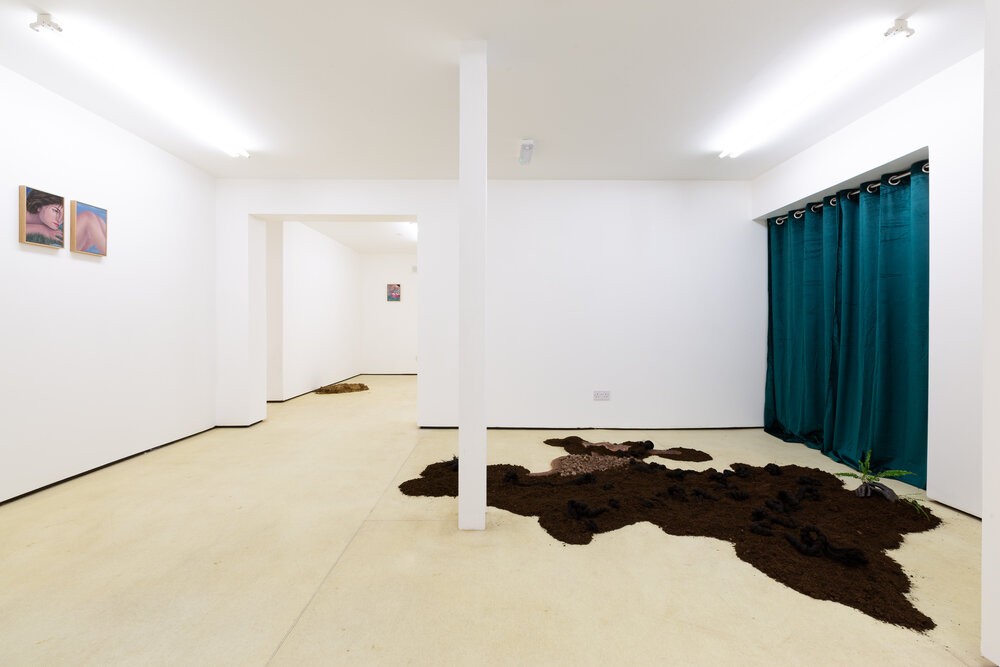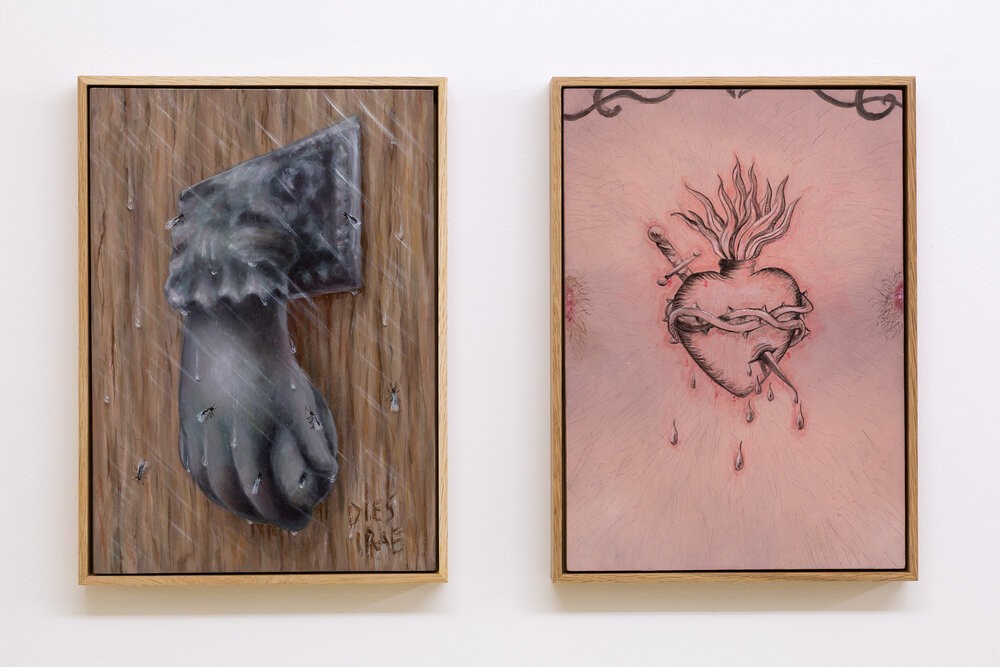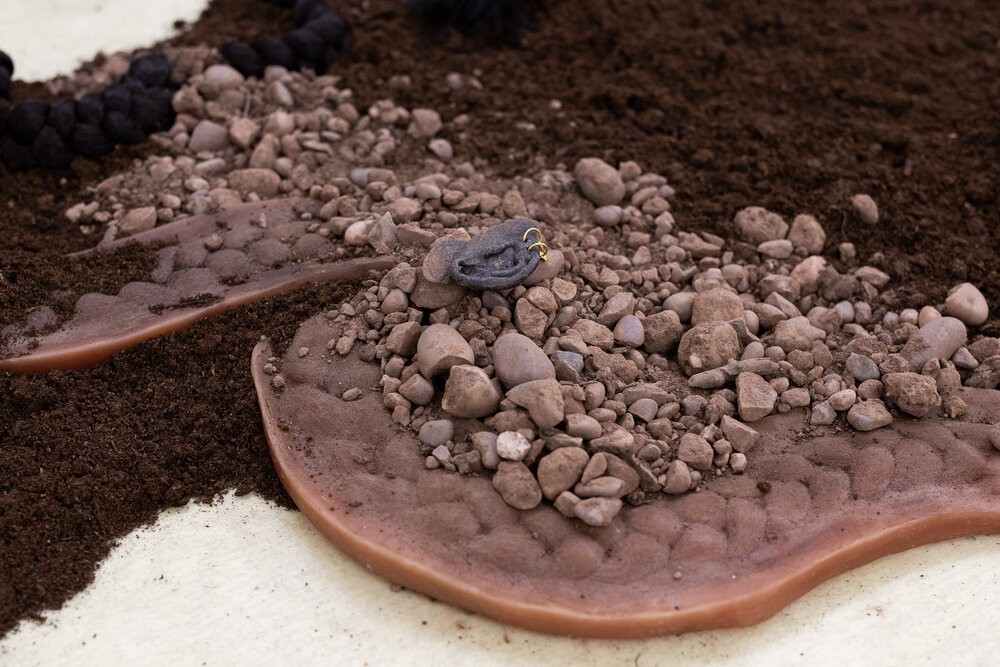Hannah Barry Gallery x Foolscap Editions, London
Editor
2025
Lo Brutto Stahl, Paris & Basel
Exhibition Text
2024
Hannah Barry Gallery x Foolscap Editions, London
Editor
2024
émergent, London
Interview
2024
DUVE, Berlin
Exhibition Text
2024
émergent, London
Interview
2024
Incubator, London
Exhibition Text
2023
QUEERCIRCLE, London
Exhibition Text
2023
L.U.P.O., Milan
Catalogue Essay
2023
Tarmac Press, Herne Bay
Catalogue Essay
2023
Brooke Bennington, London
Exhibition Text
2023
Freelands Foundation, London
Catalogue Essay
2023
superzoom, Paris
Exhibition Text
2023
Lichen Books, London
Catalogue Essay
2022
Tennis Elbow, New York
Exhibition Text
2022
émergent, London
Interview
2022
Guts Gallery, London
Exhibition Text
2021
Kupfer Projects, London
Exhibition Text
2021
Collective Ending, London
Catalogue Essay
2021
L21 Gallery S’Escorxador, Palma De Mallorca
Exhibition Text
2021
TJ Boulting, London
Exhibition Text
2021
Quench Gallery, Margate
Exhibition Text
2021
Davinia-Ann Robinson & Natalia González Martín
'For souls it is death to become water, and for water death to become earth.
Water comes into existence out of earth, and soul out of water.'
– Heraclitus, fl. 504-1 BCE
One imagines the soul as that in which resides the eternal – iridescent and precious. Since ancient times souls were the harbinger of immortality, conferred with reverence as gilded aureoles of palladium and gold. To be ensouled was to possess anima, a vital principle or 'breath of life'. Earthly bodies, simply the surrogate presence for that which persists beyond the limits of earth and presence. Souls were – and continue to be – the transitional ether between life and afterlife, spirit and flesh, heaven and earth, the enduring embers of our bodies. The works of Natalia Gonzales Martin and Davinia-Ann Robinson are similarly concerned with the enduring and the soul, the capacity to 'continue to exist' through time, but also to endure – Old French root, endurer – 'to undergo or to suffer', to carry on despite obstacles or hardship. I Am Unsure As To If It Is Still Alive is a reconciliation with the truth that we change without ceasing, that body, earth and soul – despite their displacement, dispossession or exile, or precisely because of these – are inseparable, sacred, on fire with the same force that lit the stars.
Heraclitus wrote that, 'For souls it is death to become water, and for water death to become earth. Water comes into existence out of earth, and soul out of water.' Conceiving the soul as a living memory conterminous with all life, a series of paradoxes are presented to us. I Am Unsure As To If It Is Still Alive does not seek to explain these paradoxes – between absence and presence, resilience and entropy – rather to reveal them, to confess or disclose a mutual vulnerability. Gonzales evokes the Sacrament of Penance in secular icons that are nothing if not cathartic: the inscription of religious and cultural heritage on one’s physical body and moral codes. Robinson, in contrast, sublimates and affirms the corporeal soul with that of earth and landscape, confiding her experiences as a body of colour dwelling in colonial environments. Both are charged with the rush of time – permeated by ancient entities or encounters of the past – yet resist accumulation
or ownership of the future.
For Gonzales, this antimony is felt in the proximity of ecstasy and dysphoria, captured in the weeping visage of Mary – a symbol of special significance for Catholics: she cries not only over the sins of the world, but also over the pain she endured in her earthly life – as with her references to the myth of Narcissus, in which a reflective stare is elided for ambiguous sensuality, subtly negating the classical dwelling-place of souls in ancient Europe – saiwaz, meaning 'from the lake' – for a quiet and serene enchantment. Here, the transcendent and corporeal are mutually constituted – mirrored in the water, so to speak. Conversely, fragments of Robinson’s body are directly entangled in the process: pigmented thumbs, ears and hands. Embedded in soil drawn from sites of personal distress, they intermingle with the surrounding terrain in reciprocal penetration and intimacy. No less, shards of a softly spoken voice share their syntax with a body of earth and rock: words rupture and desiccate, giving way to faults in the aural landscape.
Composed of golden jewellery, small green plants, hair, soil, and water, Robinson’s works materialise physically that which is formally represented in Gonzales. For the former, these express the enforced dislocation and dissociation of bodies of colour with their natural environment, to which environmental feminist Astrida Neimanis writes, 'we must urgently pay attention to how bodies and places respond to our weather-worlds' – and to which we might say for Gonzales, applies equally to the netherworlds of inherited faith, tradition and religious iconography. In each case – it would appear – a soul cannot be extracted from its history, its symbolic or material landscape is a living archive and its scars a shared memory. Despite this common depth and spiritual agency, formal differences remain: the libidinal mysticism of Gonzales juxtaposing the eerie ‘presencing’ of Robinson. These differences are not only complementary but essential, for as Neimanis does not forget to underscore, 'not all bodies weather the same.'
I Am Unsure As To If It Is Still Alive presents an evocation of the soul as divine tragedy is sublimated to a set of secular conflicts – between cultural heritage, sense of self, climate and landscape. In a reversal of Baudelaire’s old dictum, these are distillations not of the eternal from the transitory but the transitory from the eternal, echoing the cyclic mantra of Heraclitus and the inherent paradoxes of a shared soul. In their work, Gonzales and Robinson abolish boundaries between divine, secular and earth in order to gesture toward other ways of desiring, feeling, or being in the world, attuned to these paradoxes. For each, the soul cannot be without a body – but what that body is, or might come to be, is precisely that which cannot be articulated: it is the glistening warmth of hope and compassion felt against what we are forced to endure, and to live in the power of this truth.



COEVAL, Berlin
Interview
2021
COEVAL, Berlin
Interview
2021
Foolscap Editions, London
Catalogue Essay
2020
Gentrified Underground, Zurich
Catalogue Essay
2020
Camberwell College of Arts, London
Exhibition Text
2019
Kronos Publishing, London
Editor
2019
Elam Publishing, London
Editor
2019
William Bennington Gallery, London
Catalogue Essay
2019
Elam Publishing, London
Catalogue Essay
2018
Camberwell College of Arts, London
Exhibition Text
2018
Limbo Limbo, London
Exhibition Text
2017
Saatchi Art & Music Magazine, London
Review
2017
B.A.E.S., London
Exhibition Text
2016